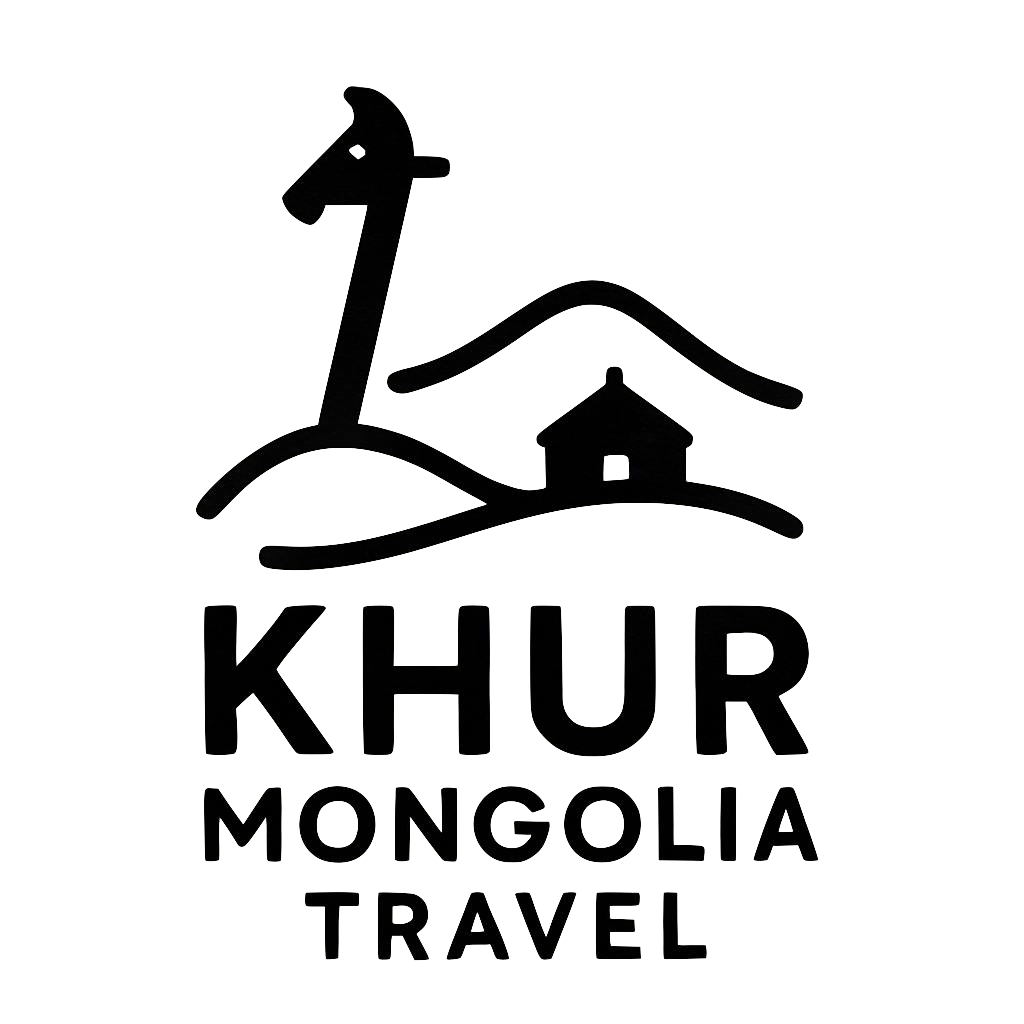DESTINATIONS/АЯЛАЛЫН ЧИГЛЭЛҮҮД
Where to go in Mongolia?
Mongolia is divided into different regions including Khangai, Gobi and Steppe, each with unique landscapes, including forests, mountainous areas, vast steppes, and the Gobi Desert, all rich in natural beauty.
- Khangai: A forested taiga and mountainous region that spans the central, northern, and western parts of Mongolia.
- Steppe: An expansive, endless prairie that stretches across the eastern part of the country.
- Gobi: A desert zone covering much of the southeastern part of Mongolia, and it is the second largest desert after the Sahara.






